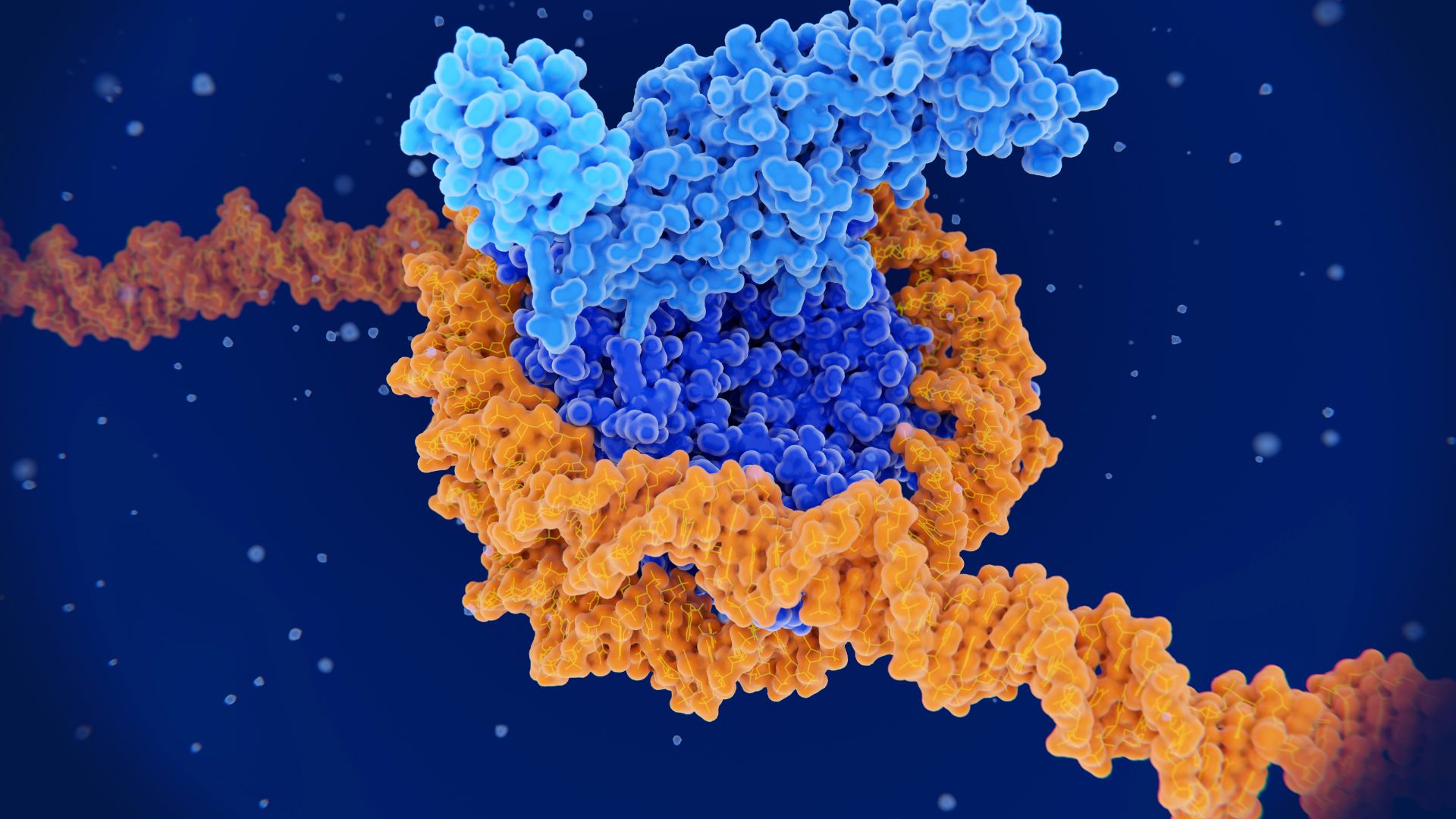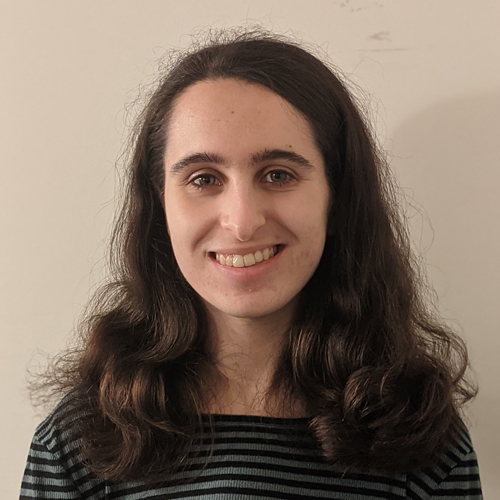DNA's 'topography' influences where cancer-causing mutations appear
The topographical features of DNA in the body may dictate where and when cancer-causing mutations appear in its code.

DNA's 3D shape — its twisted ladders complexly curled into coils and loops — and other features beyond its genetic code may influence where "hotspots" of cancer-causing mutations accumulate.
That's according to a new study of how "genomic topography" affects cancer mutations. Genomic topography broadly refers to elements of the genome beyond the sequence of molecules that make up DNA. That includes variations in how tightly our DNA is wound and which genes are "activated" in different cells.
The study, published in August in the journal Cell Reports, catalogs associations between topographical features of DNA and known patterns of cancer-causing mutations across several types of cancer. This granted the researchers new insight into some alcohol-related cancers, and in the future, the vast trove of data could help scientists prevent, understand and treat many different forms of cancer.
"It's the next layer of cataloging of the cancer-specific mutations," said Dr. Katerina Gurova, an associate professor of oncology at Roswell Park Comprehensive Cancer Institute who was not involved in the study. "But we still don't understand for the majority [of the mutations] why DNA topography plays this role or that role."
Related: Bizarre knotted DNA structures linked to cancer in mice
The study looked at mutations embedded within the complete genome sequences of more than 5,000 tumors across 40 cancer types. The team analyzed the influence of 516 topographical features over where these mutations cropped up in the genome.
Some of these features relate to when and where mutations appear during transcription, the process of translating DNA into RNA, which carries genetic information from DNA out into the cell. Others relate to proteins called histones, which DNA molecules wind around like a spool, and the structure of that wound-up DNA. Another feature is related to a protein called CTCF, which regulates the 3D structure of chromatin, the complex formed by DNA and histones. CTCF enables DNA to form into highly compact chromatin loops.
Get the world’s most fascinating discoveries delivered straight to your inbox.
It's like "we have a library in every cell, but this library is organized in different manners," Gurova said, adding that these different types of organizational methods are what the researchers mean when they say "topographical" features.
The main goal of the study was to catalog associations between different mutation patterns and these DNA features, but the researchers made some interesting observations about specific cancers.
For instance, they discovered that several mutation patterns linked to alcohol consumption appear early in the process of cell replication, rather than later as most mutations do. This mutational pattern was seen in head and neck, esophageal and liver cancer cells. They also found that, when looking at a type of immune cell cancer, some mutations that result in the same changes to DNA's "letters" can nonetheless be linked to very different topographical features, suggesting they arise for different reasons.
The researchers made their data freely available through a database called COSMIC, which Gurova said might be useful for developing cancer treatments targeted to specific mutations.
That said, the study does have some limitations, including that the data on the topographical features were collected from a different set of patients than the data on the mutations in cancer cells, she said. So it's possible that the results would be somewhat different if data sets were collected from the same cells.
Future research might take the same approach to link other genetic conditions to topographical features of DNA, said Fulai Jin, an associate professor of genetics at Case Western Reserve University. And in the realm of cancer, Jin said future work could further look at patients of different sexes or patients who were exposed to different environments to see how these factors interact with cancer-causing mutations and DNA's topography.
And a major goal of future research will be to determine why the researchers found these particular associations, Gurova said. This would address the questions of why and how DNA's shape influences how cancer arises.

Rebecca Sohn is a freelance science writer. She writes about a variety of science, health and environmental topics, and is particularly interested in how science impacts people's lives. She has been an intern at CalMatters and STAT, as well as a science fellow at Mashable. Rebecca, a native of the Boston area, studied English literature and minored in music at Skidmore College in Upstate New York and later studied science journalism at New York University.


